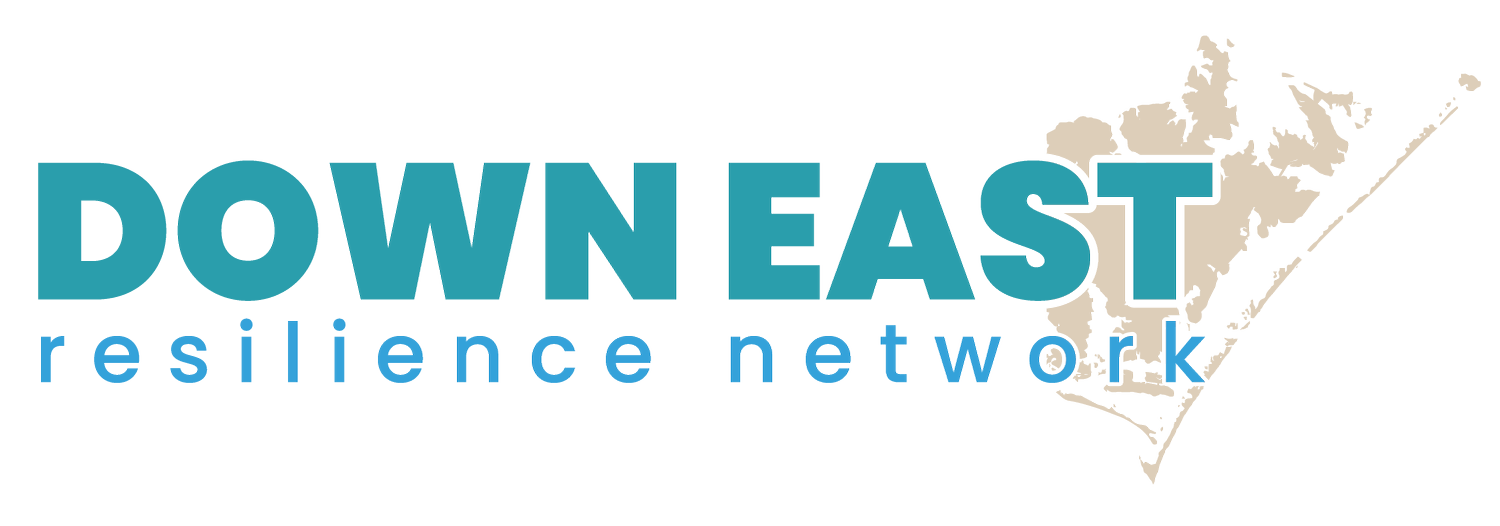Sunny Day Flooding
Flooding is becoming more common low-lying coastal areas—even on days without storms. These floods can be caused by high tides (often called “sunny day flooding,” “high tide flooding,” or “king tide flooding”), as well as wind, rain, high groundwater, or a mix of these factors.
Collectively, these events are known as “chronic coastal floods.”
While usually smaller in scale than flooding from hurricanes or tropical storms, these floods can still disrupt daily life, damage property, and lead to economic losses.
As sea levels continue to rise, this kind of flooding will happen more often, get deeper, and move farther inland.
Tracking Flooding Down East
Sensors installed by the Sunny Day Flooding Project monitor street conditions and water levels Down East. See photographs and check out water levels in real time:
This photograph from the Sea Level, NC, sensor shows floodwaters covering the road.
THE SUNNY DAY FLOODING PROJECT
-
The Sunny Day Flooding Project has installed four flooding sensors in Down East Carteret County to monitor street conditions and water levels. Photographs and water levels are publicly available in real time on the project website.
The map below shows the locations of the four flooding sensors installed across Down East (in Davis, Sea Level, Cedar Island, and at North River).
-
Project team members are collecting information from community members to understand how they have been affected by chronic coastal flooding and their priorities for reducing flood impacts.
In the summer of 2024, dozens of Down East residents and professionals were interviewed about how they cope with chronic coastal flooding at home, at work, and in their communities.
Additional input will be collected at community events in the coming months.
-
Sensor data and community input are being combined to create a flood model to show how flood risk could change in the future.
The model will also be used to explore how well different response strategies might work.
The project team will gather feedback on the model and ideas for strategies to test in 2025.
The Sunny Day Flooding Project is a research effort based at the University of North Carolina at Chapel Hill and North Carolina State University. The project collaborates with communities to measure, model, and better understand the causes and impacts of chronic coastal flooding in North Carolina. The goal is to support informed, community-driven conversations about how to reduce future flood impacts and explore potential response strategies. This work has several connected efforts:
Key Findings
The Sunny Day Flooding Project sensor in Sea Level captured 122 days of flooding between May 1, 2023 and April 30, 2024.
This is a much higher number of flood days than project sensors located located in others parts of the state recorded during the same one-year period.
This also exceeds estimates based on the NOAA tide gauge in Beaufort, which is what scientists use to predict this type of flooding. Tide gauges only measure marine-based sources of coastal flooding—things like tides and wind—and water levels driven by these factors, especially wind, can vary between Beaufort and other parts of Carteret County. The sensor in Sea Level captures flooding from multiple sources, including rainfall, groundwater, and wind, resulting in a higher measured frequency of flooding.
Interviews conducted in the summer of 2024 identified local flooding hotspots Down East and common ways people deal with the flooding. Many residents and professionals noted that flooding is becoming more common and severe, and they described preparing for it in different ways, from staying inside during floods to raising their houses.
Most people interviewed feel their current measures are sufficient for dealing with sunny day flooding, especially since they are also preparing for more severe flooding from storms. However, there is concern that an increase in the frequency of flooding could create significant challenges to everyday life.
This screen capture from the project report highlights essential places and areas where residents reported flooding.
Thank you to Dr. Katherine Anarde, Dr. Mikyuki Hino, Ryan McCune, and James Collins for their contributions to this page.




